Filter by
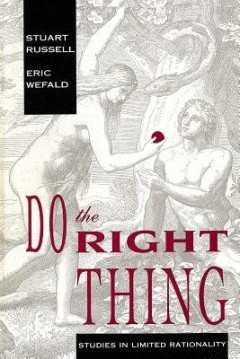
Do the Right Thing: Studies in Limited Rationality
The authors argue that a new theoretical foundation for artificial intelligence can be constructed in which rationality is a property of "programs" within a finite architecture, and their behavior over time in the task environment, rather than a property of individual decisions.Like Mooki, the hero of Spike Lee's film "Do the Right Thing," artificially intelligent systems have a hard time knowi…
- Edition
- -
- ISBN/ISSN
- 9780262282772
- Collation
- 1 online resource (xx, 200 pages) :illustrations.
- Series Title
- -
- Call Number
- -
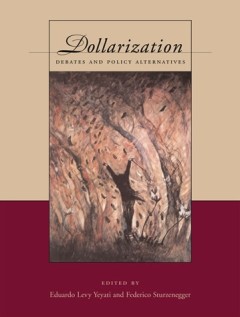
Dollarization: Debates and Policy Alternatives
Theoretical and empirical analysis of de jure dollarization.With the persistent instability of international financial markets, emerging economies are exploring new ways to reduce exposure to capital flow volatility. Some analysts argue that financially open economies are best served by more flexible regimes, while others argue in favor of extreme exchange rate regimes that have a strong commit…
- Edition
- -
- ISBN/ISSN
- 9780262286527
- Collation
- 1 online resource (ix, 341 pages) :illustrations
- Series Title
- -
- Call Number
- -
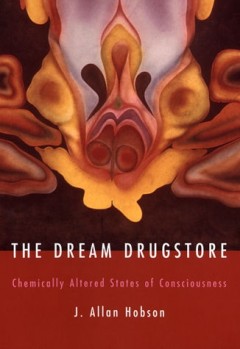
The Dream Drugstore: Chemically Altered States of Consciousness
"A Bradford book."In this book, J. Allan Hobson offers a new understanding of altered states of consciousness based on knowledge of how our brain chemistry is balanced when we are awake and how that balance shifts when we fall asleep and dream. He draws on recent research that enables us to explain how psychedelic drugs work to disturb that balance and how similar imbalances may cause depressio…
- Edition
- -
- ISBN/ISSN
- 9780262275491
- Collation
- 1 online resource (xv, 333 pages) :illustrations, photographs.
- Series Title
- -
- Call Number
- -

The Dream of the Factory-Made House: Walter Gropius and Konrad Wachsmann
OCLC-licensed vendor bibliographic record.
- Edition
- -
- ISBN/ISSN
- 9780262368018
- Collation
- 1 online resource (xiii, 407 pages :illustrations)
- Series Title
- -
- Call Number
- -
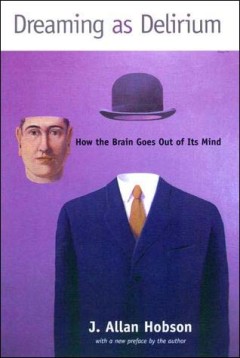
Dreaming as Delirium: How the Brain Goes Out of Its Mind
Includes index.OCLC-licensed vendor bibliographic record. In this book J. Allan Hobson sets out a compelling—and controversial—theory of consciousness. Our brain-mind, as he calls it, is not a fixed identity but a dynamic balancing act between the chemical systems that regulate waking and dreaming.
- Edition
- -
- ISBN/ISSN
- 9780262287036
- Collation
- 1 online resource (xvii, 300 pages)
- Series Title
- -
- Call Number
- -
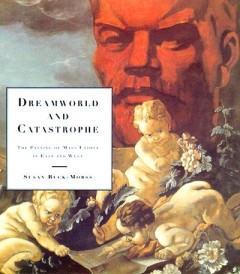
Dreamworld and Catastrophe: The Passing of Mass Utopia in East and West
"This book offers a reevaluation of the twentieth century. It argues that the disintegration of Soviet socialism marked the abandonment of the idea of mass utopia by both sides in the Cold War. One of the casualties of the end of that war was the shattering of dreamworlds of industrialization, mass culture, and historical progress that gave meaning to collective social life in East and West. Dr…
- Edition
- -
- ISBN/ISSN
- 9780262269506
- Collation
- 1 online resource (xvi, 368 pages) :illustrations (some color)
- Series Title
- -
- Call Number
- -
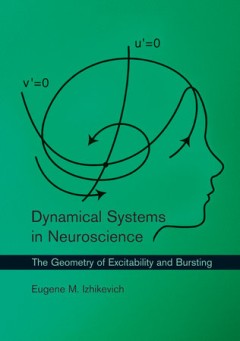
Dynamical systems in neuroscience: The geometry of excitability and bursting
Explains the relationship of electrophysiology, nonlinear dynamics, and the computational properties of neurons, with each concept presented in terms of both neuroscience and mathematics and illustrated using geometrical intuition. In order to model neuronal behavior or to interpret the results of modeling studies, neuroscientists must call upon methods of nonlinear dynamics. This book offers a…
- Edition
- -
- ISBN/ISSN
- 9780262276078
- Collation
- 1 online resource (xvi, 441 pages) :illustrations.
- Series Title
- -
- Call Number
- -
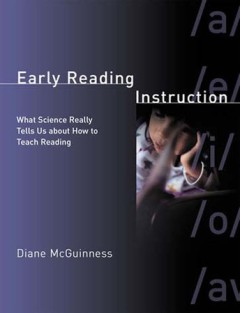
Early reading instruction: What science really tells us about how to teach re…
"A Bradford book."Early Reading Instruction is a comprehensive analysis of the research evidence from early writing systems to computer models of reading. In this book, Diane McGuinness provides an innovative solution to the "reading war"--the century-old debate over the efficacy of phonics (sound-based) versus whole-word (meaning- based) methods. She has developed a prototype--a set of element…
- Edition
- -
- ISBN/ISSN
- 9780262279499
- Collation
- 1 online resource (xviii, 410 pages)
- Series Title
- -
- Call Number
- -
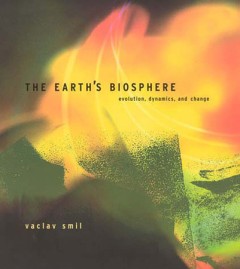
The earth's biosphere :evolution, dynamics, and change
A comprehensive overview of Earth's biosphere, written with scientific rigor and essay-like flair.In his latest book, Vaclav Smil tells the story of the Earth's biosphere from its origins to its near and long-term future. He explains the workings of its parts and what is known about their interactions. With essay-like flair, he examines the biosphere's physics, chemistry, biology, geology, ocea…
- Edition
- -
- ISBN/ISSN
- 9780262283823
- Collation
- 1 online resource (viii, 346 pages) :illustrations, maps
- Series Title
- -
- Call Number
- -
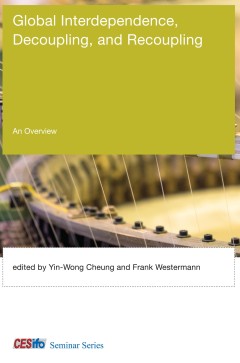
Global Interdependence, Decoupling, and Recoupling
"One lens through which to view global economic interdependence and the spillover of shocks is that of decoupling (and then recoupling). Decoupling between developed and developing countries can be seen in the strong economic performance of China and India relative to that of the United States and Europe in the early 2000s. Recoupling then took place as developing countries sank along with the …
- Edition
- -
- ISBN/ISSN
- 9781461952343
- Collation
- 1 online resource.
- Series Title
- -
- Call Number
- -
 Computer Science, Information & General Works
Computer Science, Information & General Works  Philosophy & Psychology
Philosophy & Psychology  Religion
Religion  Social Sciences
Social Sciences  Language
Language  Pure Science
Pure Science  Applied Sciences
Applied Sciences  Art & Recreation
Art & Recreation  Literature
Literature  History & Geography
History & Geography